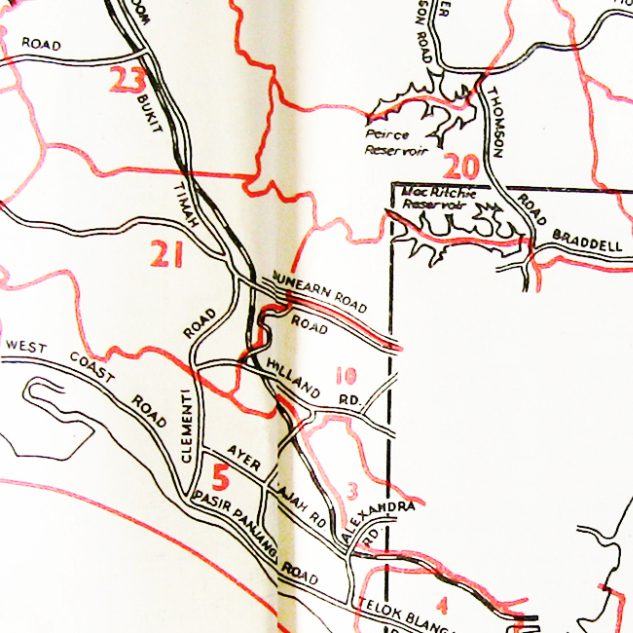
IMMERSION
While Virtual Reality is no doubt commonplace in our present-day experience of the world, supplanted by the ubiquitous rise of screen-based gaming, the medium has a rich history in New Media artistic experimentations, non-more so that in the artwork by Char Davies- Osmose (1995). Osmose is an intriguing immersive environment that uses virtual-reality 3D graphics computer technology and interactive sound and real-time motion tracking of one’s breathing and balance to enable the immersant (as the artist calls his participants) to navigate various worlds using Virtual Reality headsets. In Osmose, Davies has very deftly produced (with the use of technology and her painterly aesthetics) an immersive experience that challenges the conventional approaches to virtual reality.
Virtual Reality is an experience of a scenario that mimics the real, oftentimes the immersive environment is a recreated scene that one steps into where the experiences vary in magnitudes of realism. In the harsh and somewhat hard-edged experience of screen-based 3D-computer graphics gaming, the experience of realism is stark and highly defined- strategic and goal-oriented. Conversely, the experiences that the immersant takes away from Osmose is one of transcendental beauty and moments of serenity, where some immersants have described their experience as ‘falling into a meditative state’. Quite different from the non-stop action and opacity of a gaming experience, immersants are placed in a sublime abstract environment that blends translucent naturalistic forms with technologically driven semi-abstract representation. In Scott Fisher’s Virtual Environments (1989), taken from Multimedia: From Wagner to Virtual Reality, he writes about:
The possibilities of virtual realities, it appears, are as limitless as the possibilities of reality. It provides a human interface that disappears – a doorway to other worlds.
Indeed, this doorway to other worlds was achieved in the seminal artwork Osmoses, where the visual aesthetics are subliminal, semi-abstract and essentially translucent in various levels. The beauty (aesthetics) of the piece comes from Davies’s background/understanding of painterly aesthetics, where her painterly objective of immersing the viewer in the representation of nature was realised using cutting edge technology. It is Davies’s sensitivity to the layering of imagery, understanding of semi-transparent textures adapted from the language of paintings that enabled her to cogently recreate scenes in her mind into this immersive 3D experience. As the immersant lingers and navigates through the semi-abstract and translucent spaces (in his/her own time and space), they observe the lush textures juxtaposed with flowing particles that sometimes enabled the immersant to forget that the experience is in fact computer generated.
The human interface is unlike that of a screen-based gaming experience, in Osmose the immersant dons/wears a head-mounted display and motion-tracking vest and not a mouse or trackpad/joystick. The immersant has control over how they wish to navigate the space(s), inhaling to rise, exhaling to sink and leaning from side to side to navigate. This is a radically different form of human interfacing and relationship to space compared to screen-based technology. No longer is the immersant constrained by the figure/ground relationship so prevalent in screen-based gaming, but his/her relationship to the ground is now ambiguous and hence results in a somewhat floaty and transcendental experience. Furthermore, as one navigates through the various spaces, the transition between worlds (there are numerous worlds ranging from cloudscapes, seascapes to forest landscapes) are seamless and non-transitory.
This brings to mind the concluding paragraph to Ivan Sutherland’s famous essay that became the seed-bomb for emergent technologies, “Augmented Reality: The Ultimate Display” that says:
The ultimate display would, of course, be in a room within which the computer can control the existence of matter. A chair displayed in such a room would be good enough to sit in. Handcuffs displayed in such a room would be confining, and a bullet displayed in such a room would be fatal. With appropriate programming such a display could literally be the Wonderland into which Alice walked.
The journey into Osmose is one where the computer yields control in almost recreating the experience of lush textured, subtlety translucent and subliminal spaces that shift from one percept to another. The visitor is ‘evolved’ rather than illustrated into almost floating between realms, and almost slipping into a trance-like state. Space and time in this artwork become warped, where the translucent forms are revealed in a non-sequential form and individualised to each participant. These experiences are thus made possible by the use of VR technology and Davies’s background in painting. In concluding, the public installation of Osmose goes full circle in that the individualised experience is shared with viewers as the navigation taken by each immersant is projected real-time from the point-of-view of the immersant. This projection enables the audience to share the moments of discovery, hesitation, and slowness with the immersant. The journey is on one hand immersive and private, much like the Wonderland into which Alice walked into, but the projection enables the audience to share the experience and observe the body gestures of the immersant in a poetic shadow-silhouette. As a result, the environment created connects the private to the public, rounding up the artist’s goal to not only connect the immersant to others but also to the depths of him or herself, thereby mirroring a beautiful idea about changing one’s experience of spaces from Gaston Bachelard in “The Poetics of Space” that Davies refers to in Osmose and her later works as well:
“By changing space, by leaving the space of one’s usual sensibilities, one enters into communication with a space that is psychically innovating. … For we do not change place, we change our nature.”
The Poetics of Space, 1964





